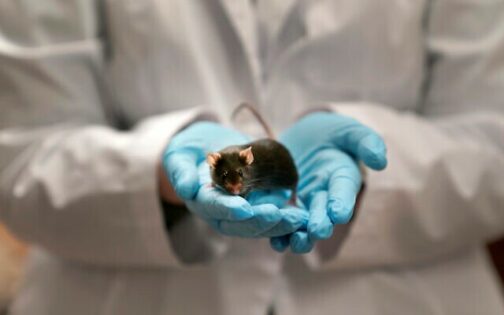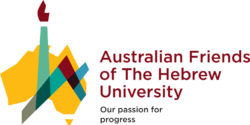Researchers find a direct link between levels of nitric oxide in the brain and condition in mice; reducing the amounts lowers indicators and behaviours
Researchers from the Hebrew University of Jerusalem have published a first-of-its-kind study revealing a potential future method for reducing the symptoms of autism among those diagnosed with the common developmental disorder.
Dr. Haitham Amal and his team from the School of Pharmacy in the Faculty of Medicine discovered a direct connection between levels of nitric oxide (NO) in the brain and autism, the university said in a statement.
The study, conducted on mice and published Monday in the peer-reviewed Advanced Science journal, demonstrates that autism indicators increases as NO increases in the brain, and that autism indicators and behaviour decrease as the levels of NO in the brains of murine models of autism are lowered “in a proactive and controlled manner.”
“This research is a significant breakthrough in autism research, with the first direct connection made between an increase in the concentration of NO in the brain and autistic behaviour,” Amal said.

“Our research showed – in an extraordinary way – that inhibiting the production of NO, specifically in brain neuron cells in mouse models of autism, causes a decrease in autism-like symptoms,” he said. “By inhibiting the production of NO on laboratory animals, they became more ‘social’ and less repetitiveness was observed in their behaviour. Additionally, the animals showed interest in new objects and were less anxious. Finally, the decrease in NO levels led to a significant improvement in neuronal indices.”
The study results were also based on tests conducted using human stem cells and clinical blood samples from children with low-functioning autism, the statement said.
“I am hopeful that with our new understanding of the NO mechanism, we can begin to develop therapeutic drugs and help millions of children and adults living with autism around the world,” he added.
The university statement noted that in Israel, more than 30,000 children up to the age of 18 have been diagnosed with autism. In the United States, one in 44 people below the age of 21 have been diagnosed on the spectrum, making autism the most common developmental disorder.
According to Amal, the discovery could also have implications on the ties between NO and other neurological diseases, such as Alzheimer’s, or psychiatric diseases, including schizophrenia and bipolar disorder.

